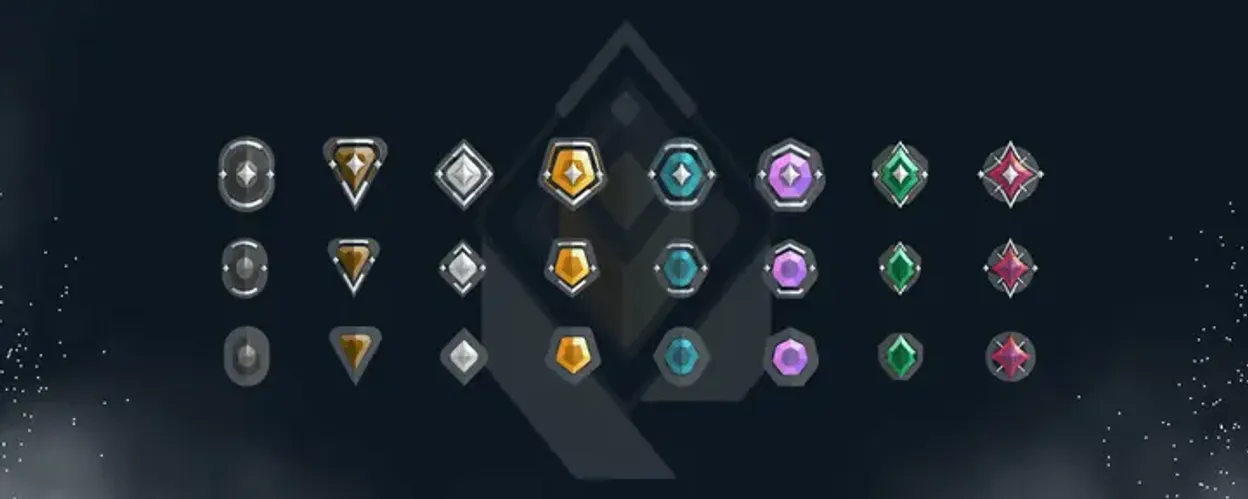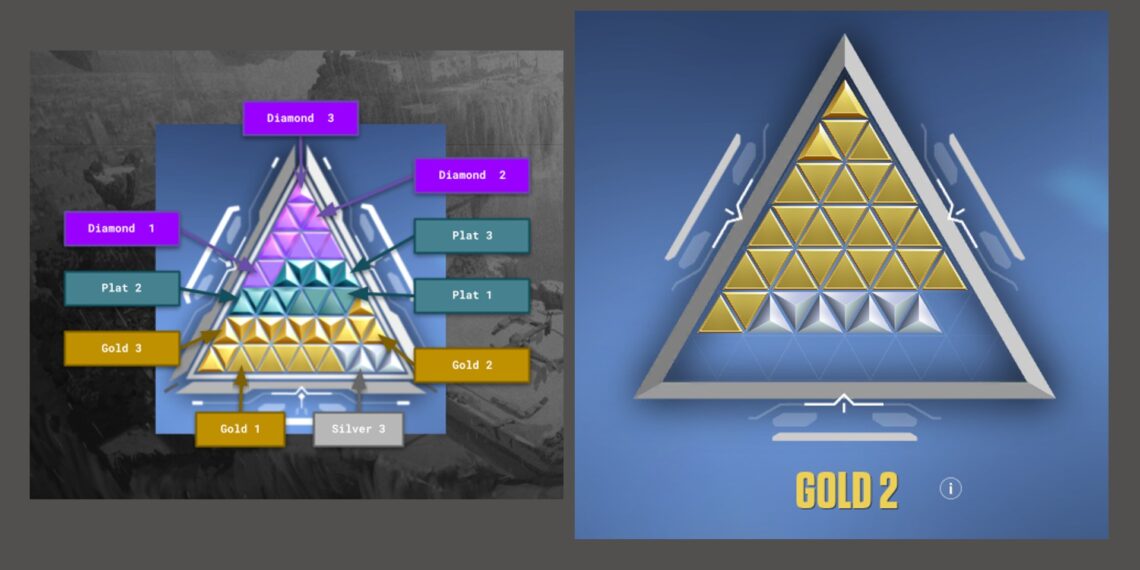Valorant Ranks are at the heart of the game’s competitive system. They define your skill level, influence matchmaking, and give players clear goals to pursue. Whether you’re a new player trying to understand how the system works or a seasoned competitor aiming for Radiant, knowing the ins and outs of Valorant Ranks can make the journey smoother. This guide will explain every detail — from rank tiers and placements to climbing strategies and common mistakes.
What Are Valorant Ranks?
In Valorant, ranks are a structured way of measuring skill. They determine who you are matched with in competitive games and give you a visible sign of your progress. Your rank isn’t just a number; it reflects your performance, consistency, and ability to compete with players of similar skill levels.
The Rank Tiers: From Iron to Radiant
Valorant has nine rank divisions, with most divided into three tiers. The full order is:
- Iron (1, 2, 3)
- Bronze (1, 2, 3)
- Silver (1, 2, 3)
- Gold (1, 2, 3)
- Platinum (1, 2, 3)
- Diamond (1, 2, 3)
- Ascendant (1, 2, 3)
- Immortal (1, 2, 3)
- Radiant (single tier)
Radiant sits at the very top, reserved for only the best players in each region. Unlike lower ranks, Radiant requires not only skill but also a position among the highest-performing players.
How the Ranking System Works
Behind every Valorant match are two systems working together:
- MMR (Matchmaking Rating): A hidden score that reflects your true skill level.
- RR (Rank Rating): The visible points you gain or lose after each game.
When you win, you gain RR; when you lose, you lose RR. The size of those gains or losses depends on how your MMR compares to your current rank. If your hidden MMR is higher than your visible rank, you’ll gain more points and lose fewer. If it’s lower, the opposite happens.
Other factors also play a role, such as round differences and your in-game performance. The system constantly adjusts, aiming to place you at a rank that reflects your skill level accurately.

Placement Matches
Before you can receive your first Valorant Rank, you need to complete five placement matches. These games determine your starting rank for the act. Your performance in placements sets the foundation, but you can’t start at the very top. Even with excellent performance, the system usually caps your initial rank to prevent drastic jumps. Over time, continued wins and consistency matter more than placements alone.
Rank Shields and Demotion Protection
To make progression fairer, Valorant uses Rank Shields. These provide a safety net at the start of each new rank tier. For example, if you enter Gold 1 with zero points and lose, the shield absorbs the loss instead of dropping you immediately back into Silver. You typically get two shields per new tier, giving players a chance to recover from unlucky streaks before being demoted.
Rank Distribution
Not everyone can be Radiant. The ranking system is designed as a curve, meaning most players fall in the middle tiers.
- A large portion of the community sits in Silver and Gold, making these the most common ranks.
- As you climb higher into Diamond, Ascendant, and Immortal, the percentage of players shrinks dramatically.
- Radiant is extremely exclusive, with only a tiny fraction of players reaching it.
This distribution makes sense because the ranking system balances competition, ensuring that climbing is rewarding but also challenging.
Competitive Mode vs. Premier Mode
Valorant offers two main ranked experiences.
- Competitive Mode is the standard ranked ladder, using the Iron-to-Radiant structure.
- Premier Mode is a more structured, team-based system designed for players who want to experience organized play closer to professional esports.
While both test skill, Premier is ideal for serious teams aiming for coordinated strategies and higher stakes competition.
How to Climb Valorant Ranks
Climbing the ladder isn’t just about raw aim. Success in Valorant comes from improving multiple areas:
- Consistency: Play regularly to keep skills sharp.
- Communication: Share information with teammates and stay calm.
- Map Knowledge: Learn callouts, angles, and rotations.
- Agent Mastery: Focus on a few agents and understand their roles deeply.
- Game Sense: Anticipate enemy plays and adapt mid-round.
- Mindset: Avoid tilt and play when focused, not frustrated.
A steady approach yields better results than chasing ranks in long, exhausting sessions.
Common Mistakes That Keep Players Stuck
Many players get trapped in lower ranks due to avoidable errors:
- Over-relying on aim without strategy.
- Ignoring team coordination and communication.
- Playing agents they don’t understand.
- Poor use of utility.
- Tilt-queuing after losses.
Correcting these habits can often be the key difference between being stuck in Silver and breaking into higher ranks.
The Road to Radiant
Radiant is the peak of Valorant Ranks, but reaching it takes extraordinary dedication. Players aiming for Radiant must not only accumulate enough points but also place among the best in their region. It demands excellent aim, strong game sense, and consistent teamwork.
For most players, Radiant isn’t a realistic daily goal, but striving toward it helps improve overall skill. Even reaching Diamond, Ascendant, or Immortal places you among the top percentage of the player base, which is an achievement in itself.
Final Thoughts
Understanding Valorant Ranks is crucial for any player who wants to improve. From placements to progression, rank distribution to shields, and strategies for climbing, every part of the system is designed to challenge you and reward growth.
While the badge beside your name is important, the real journey is about becoming a better player. Focus on consistency, teamwork, and strategy, and the ranks will follow naturally. Whether your goal is to climb out of Silver, secure a spot in Ascendant, or dream of Radiant, the ranking system is your roadmap to improvement.
Also read :Pokémon Unite Ranks Explained: Climb the Ladder Step by Step















